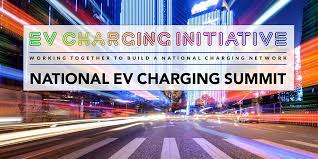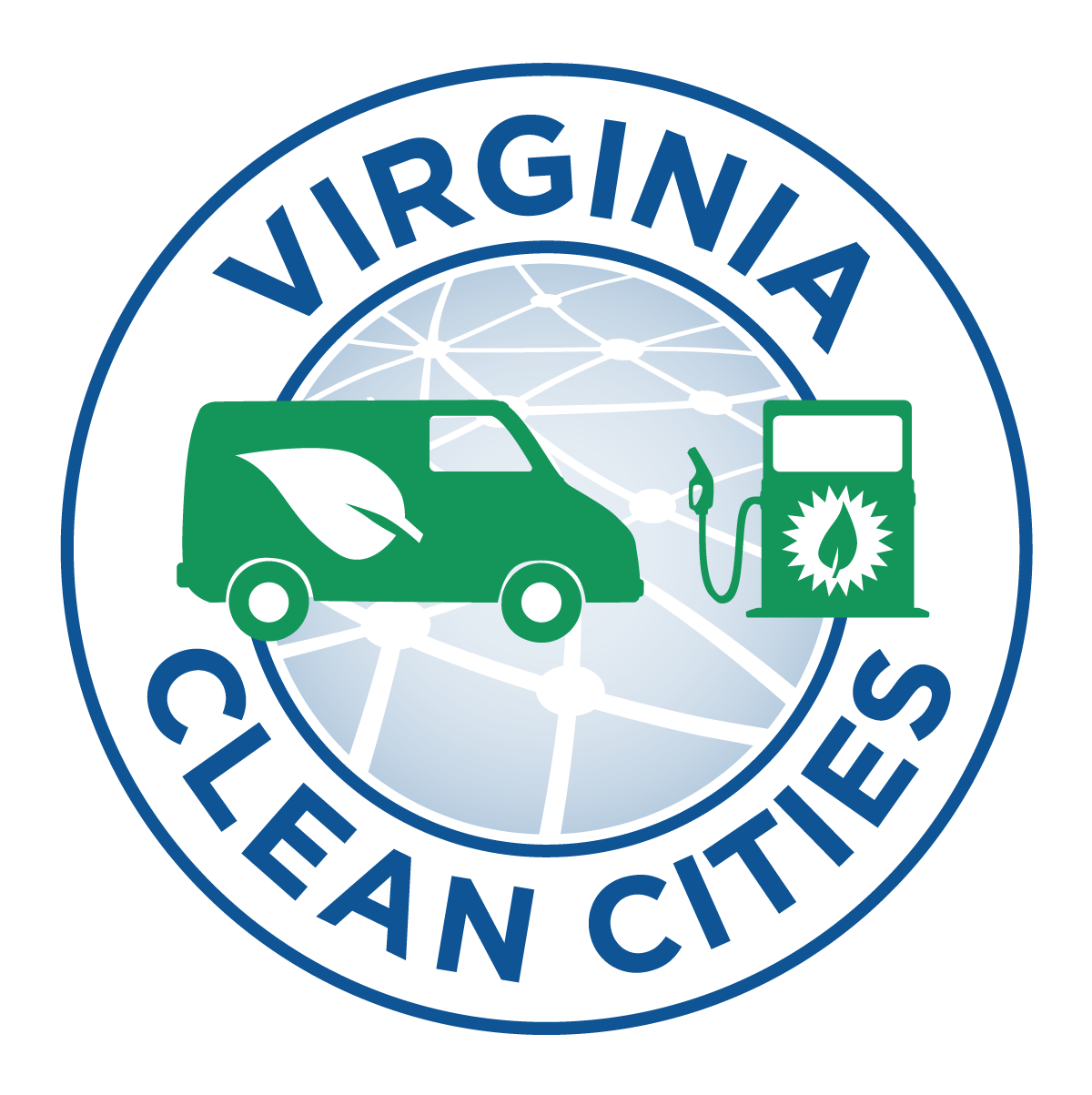
Wicked is a word often used to describe the sustainability challenges facing us. Installing a national network of EV chargers and making historic changes in behavior in a short amount of time to meet critical climate targets is a wicked sustainability challenge. However, the EV Charging Initiative understands what it will take to get us there: Collaboration.
Collaboration was a word often heard throughout the EV Charging Initiative Summit held on January 20th. Energy Secretary Jennifer Granholm’s opening remarks highlighted the infrastructure law that will help us eliminate “charging deserts” and provide convenient charging for all. But, as Secretary Granholm stressed, installing chargers is only one piece of this wicked sustainability puzzle. Investing in the supply chain for EV batteries, expanding clean energy, making EVs more affordable, securing private sector support, and creating a skilled workforce to take us there, are just some of the other puzzle pieces that need to be put together.
The EV Charging Initiative recognizes that the task in front of us is not easy, but through the collaboration of many cross-sector partnerships, we can make it happen. The summit showcased the EV Charging Initiative’s mission of bringing multiple stakeholders together from all different sectors to pool their expertise, resources, ideas, and influence to support federal efforts aimed at solving this wicked problem.
The good news is that the work is already well underway. Powerful collaborations were highlighted like the Department of Energy (DOE) and Department of Transportation (DOT) announcing a joint office to address charging equity, accessible charging, and the plan to rollout guiding documents designed to assist states with implementation. An exciting new Clean Energy Corps was also announced. Green jobs are crucial to making our electrification goals a reality. The DOE has recently formed a Clean Energy Corps which is looking to employ 1,000 people passionate about advancing clean energy. Applications can be submitted at: https://www.energy.gov/CleanEnergyCorps. The International Brotherhood of Electrical Workers (IBEW) was another organization highlighted during the summit that is looking to make an impact in critical workforce needs by providing job training that leads to good-paying, and even life-changing, green careers.
Policy experts reminded us that to be successful we need to make the EV transition seamless and as stress-free as possible. Not an easy task, but strategies that make the permitting process easier, streamline regulations, and sharing of best practices like those learned from the solar industry can all help. Policy adoption is another lever that can be pulled. The Advanced Clean Truck Rule which some states have adopted, provides legislation for new light-duty vehicles to be zero-emission by 2035 and medium and heavy-duty vehicles by 2045. The California Green Building Standard Code sets aside 40% for charging space infrastructure for new construction. Policies like these can help states advance de-carbonization. Don Cravins, Jr. from the National Urban League stressed that people of color want and need to be involved in the development of policies that give opportunities to minority workers.
Businesses like Blink agree that communities need to be consulted to find solutions that work for them. Blink specializes in a flexible, one size does not fit all approach to find charging solutions that will work for all communities. GM was also at the summit and announced they are working with dealers to install level 2 chargers in underserved and rural areas and committing $750 million to accelerate home and workplace charging. These are just a few examples of how the private sector is stepping up to the plate and forming partnerships with others to implement charging that works for all communities.
Strategizing ways to create a hassle-free customer experience was a theme that came up several times during the summit. Reliable and well-maintained chargers, plus a one-click experience, will help drive consumer confidence that owning an EV is a positive experience.
Wicked sustainability problems are not solved overnight, nor can one entity do it alone. The federal government has provided a directive and funding support for tackling this challenge. Now, it is up to a myriad of cross sector collaborations to see the work through. The guiding principles and commitment to work together that are fostered by the EV Charging Initiative will help usher in this historic moment of changing behaviors and putting infrastructure in the ground that creates resiliency, economic prosperity and an overall greener future that leaves no one behind. For more information about the EV Charging Initiative please visit: https://www.evcharginginitiative.com/
